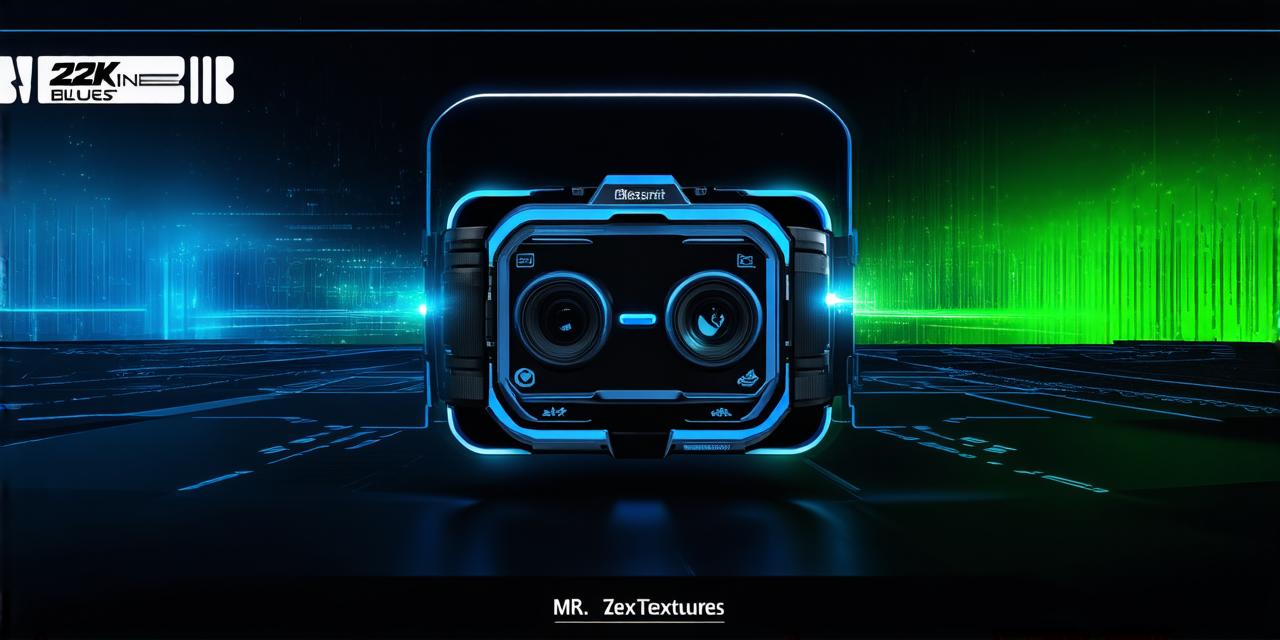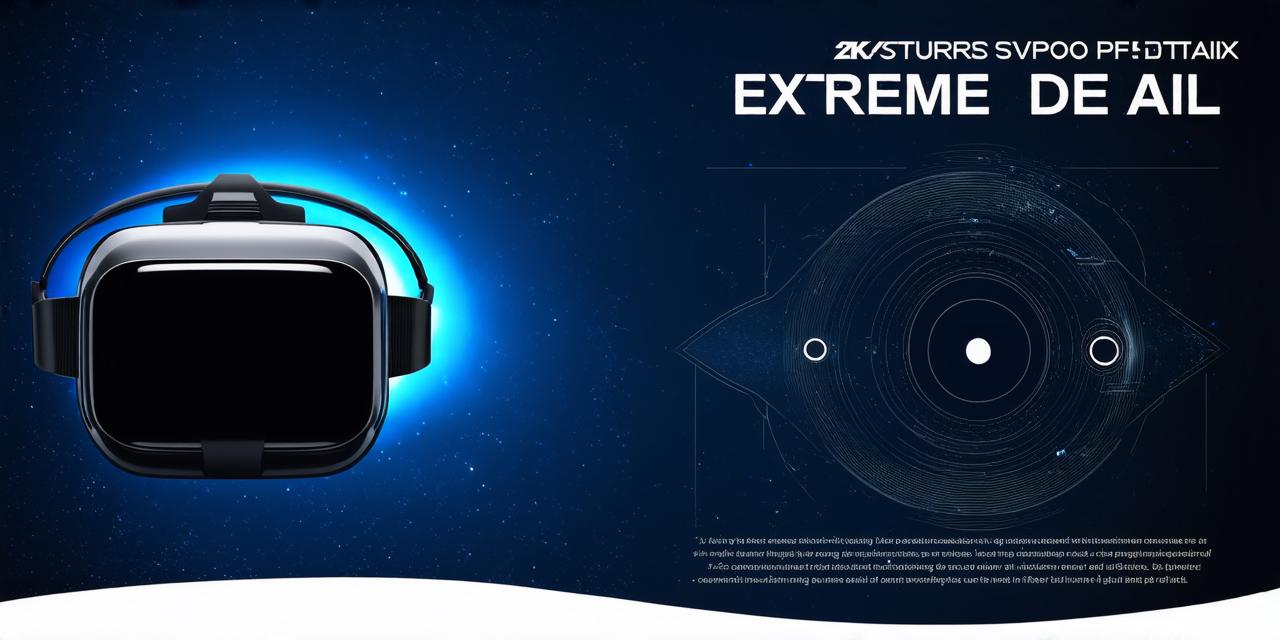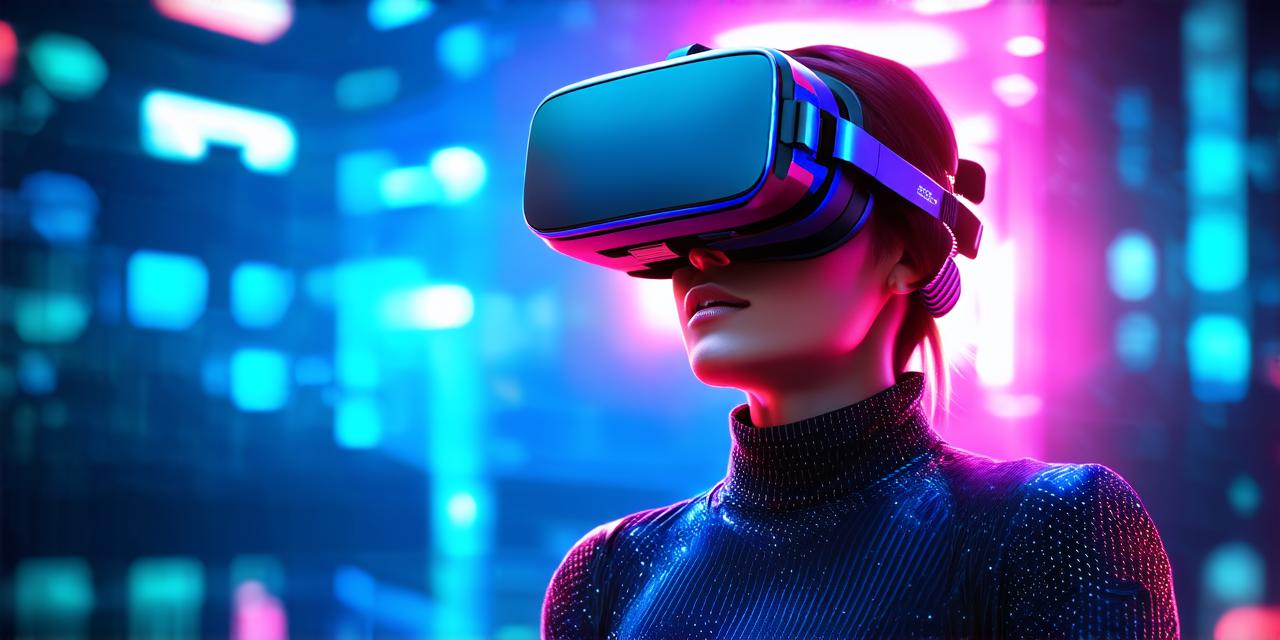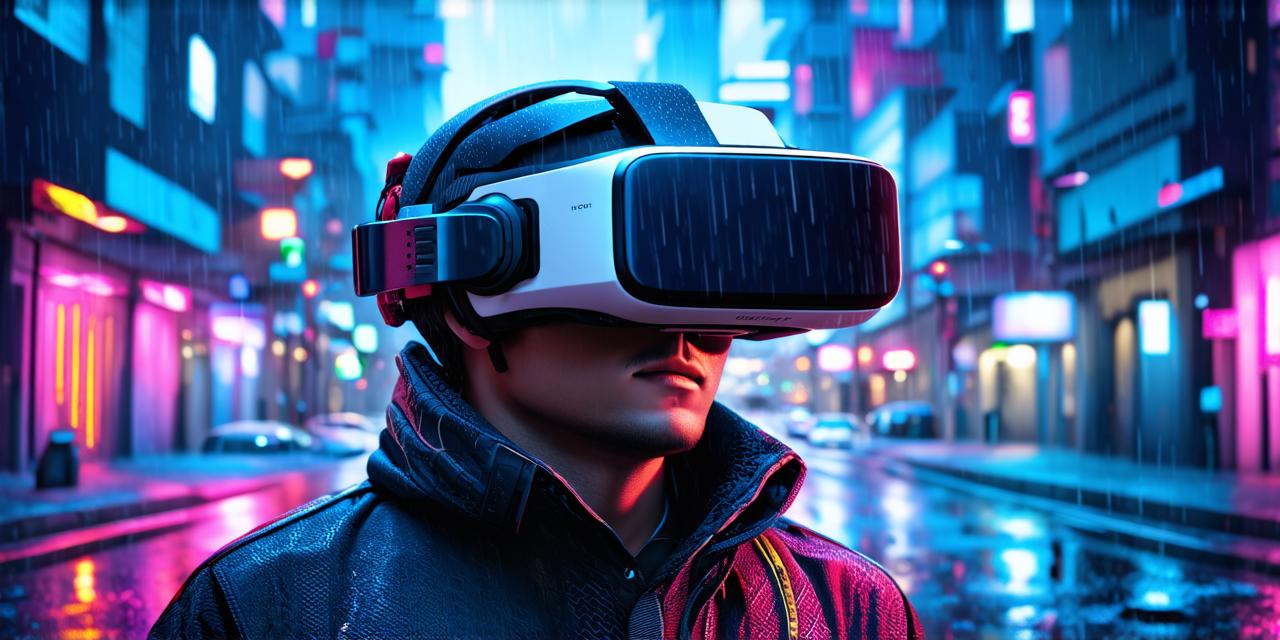Augmented Reality (AR), Virtual Reality (VR), and Mixed Reality (MR): Implementation, Hardware Requirements, Software Requirements, and Challenges
Augmented reality (AR), virtual reality (VR), and mixed reality (MR) are three types of immersive technologies that have revolutionized the way we interact with digital content. These technologies allow users to experience virtual environments in a realistic manner, making them ideal for a wide range of applications, including gaming, education, and training.
Augmented Reality (AR)
AR is a technology that overlays digital information onto the real world, allowing users to interact with both physical and virtual objects. AR can be implemented using a variety of devices, including smartphones, tablets, and wearable devices such as smart glasses.
To implement AR, developers need to use a combination of hardware and software technologies. The hardware requirements include a device with a camera and sensors, as well as a processing unit that can handle the AR software. The software requirements include AR development tools and frameworks, which allow developers to create AR applications.
One of the challenges associated with AR is ensuring that the digital information overlays accurately onto the real world. This requires careful calibration of the device’s sensors and cameras, as well as accurate tracking of the user’s position in the physical environment.
Virtual Reality (VR)
VR is a technology that creates a fully immersive virtual environment, allowing users to feel as though they are physically present in the digital world. VR can be implemented using specialized headsets or other devices that track the user’s movements and provide a 360-degree view of the virtual environment.
To implement VR, developers need to use a combination of hardware and software technologies. The hardware requirements include a VR headset or other device with sensors and tracking capabilities, as well as a powerful computer or server that can handle the VR software. The software requirements include VR development tools and frameworks, which allow developers to create VR applications.
One of the challenges associated with VR is ensuring that the virtual environment is realistic and immersive. This requires careful attention to detail in terms of lighting, textures, and other visual elements, as well as a smooth and responsive tracking system that can keep up with the user’s movements.
Mixed Reality (MR)
MR is a technology that combines elements of AR and VR, allowing users to interact with both physical and virtual objects in a seamless manner. MR can be implemented using specialized devices such as HoloLens or other AR/VR headsets.
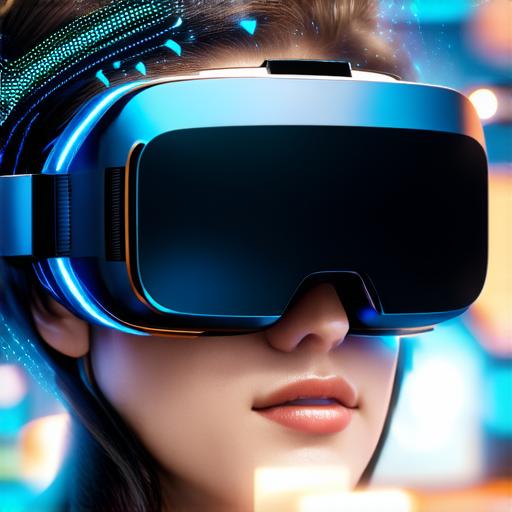
To implement MR, developers need to use a combination of hardware and software technologies. The hardware requirements include an MR device with sensors and tracking capabilities, as well as a powerful computer or server that can handle the MR software. The software requirements include MR development tools and frameworks, which allow developers to create MR applications.
One of the challenges associated with MR is ensuring that the virtual objects interact realistically with the physical environment. This requires careful consideration of factors such as lighting, shadows, and reflections, as well as a smooth and responsive tracking system that can accurately track the user’s movements.
Conclusion
AR, VR, and MR are powerful immersive technologies that have revolutionized the way we interact with digital content.
